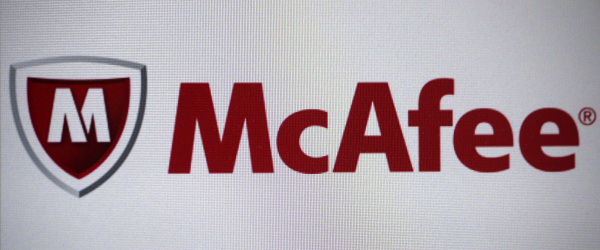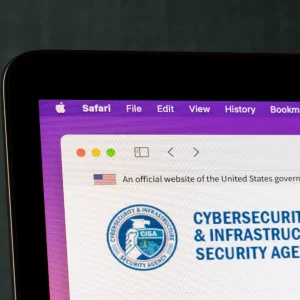
Intel Security’s appointment of Christopher Young this month has only made more acute the question over when founder John McAfee’s name will be dropped by the tech giant’s subsidiary, which is set to be merged under one division.
Akin to rival Symantec’s retention of the Norton name, there is still belief in the value of the brand with Intel Security planning to keep the McAfee shield even after dropping the name. Staff from both firms told CBR they expect many of the still separate departments of McAfee and Intel to be brought under one banner within the next year.
Integration, integration, integration
As arcane as the branding question may seem, it fits in with another great shift that Intel has been contemplating for cybersecurity: integration. Young believes that one of the major problems in the industry is that there are too many vendors and applications to choose from.
"You’ve got to start to think [that] as an industry we’re starting to create our own problems because we’re so complex, we’re so fragmented," he said. "And if we don’t bring things together in smarter, more well designed ways, we’re going to actually fail at the ultimate goal, which is to provide the right level of protection – or that next generation of IT that we’re delivering."
The other challenges are those that many other IT departments will also face: mobility, the cloud, and wearables. Young also noted that the "adversaries" he faces are innovating faster than many of the big vendors, including the likes of Google, Apple and Salesforce. "I would love if all I had to worry about was my competition," he said.
To counter these forces McAfee (or should we say Intel Security?) has launched the Threat Intelligence Exchange (TIE), described by McAfee’s chief technology officer Mike Fey as "one of the most disruptive technologies we’ve ever had our hands on".
The idea behind TIE is to allow rapid transfer of information between various security products, while letting cybersecurity systems investigate threats without blocking unknown substances. "Fundamentally we are giving the security defences the ability now to say ‘I don’t know. I’m not sure,’" Fey said. "We’ve never had that before."
Bob Tarzey, an analyst and director at research firm Quocirca, was optimistic about the news but with some caveats. "Broadly speaking threat intelligence relies on seeing lots of email, web traffic, network packets, vulnerability intelligence and so on," he said. "So the collective insight from many vendors should cast the net wider than any individual vendor can."
He noted that keeping track of threats would still require monitoring and "hard graft" so that companies can keep up with black hat hackers, adding: "Any such alliance needs a mechanism to make sure all members pull their weight and there are no free-loaders!"
The advantages of being Intel
Young’s musings on industry fragmentation might lead one to believe that he is planning to force some players out the industry. He said that he believed Intel was the one provider with a broad enough reach to provide the integration he favours, but it’s unclear at whose expense this will be achieved.
"If you fundamentally believe you can’t point product your way to success in security then you’ve got to have players in the market that can deliver you a real end-to-end capability," he added. "You have to have that ability, because you can’t just be broad, you have to be good at what you do."
But despite much of the usual cybersecurity boilerplate against silver bullets, it still seems that McAfee, or Intel Security, is focused on tools: "Anything that’s a product today needs to be a feature tomorrow because there needs to be a new product tomorrow – and that’s the path we’re going to be on."






